It’s been a happy convergence of events. As planning started for the 50th anniversary of the National Historic Preservation Act (NHPA) of 1966, the PA State Historic Preservation Office announced its new name and is currently rehabilitating its office space, adapting and reusing the staff’s original office cubicles from Y2K. All that reorganizing has uncovered some long forgotten records that had been packed up and moved to the Commonwealth Keystone Building when the staff relocated here from their original home on the fifth floor of the State Museum Building. These files are an interesting look back at the early years of the federal/state partnership in historic preservation and the Historic Preservation Board. Continue reading
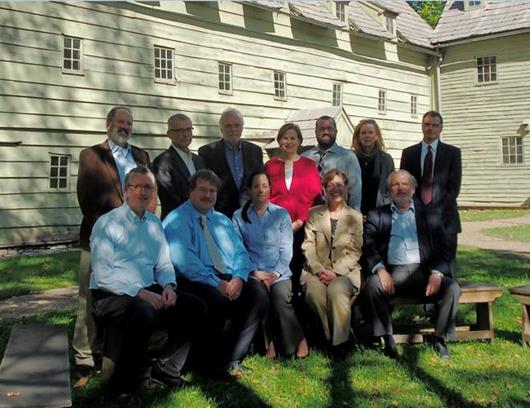

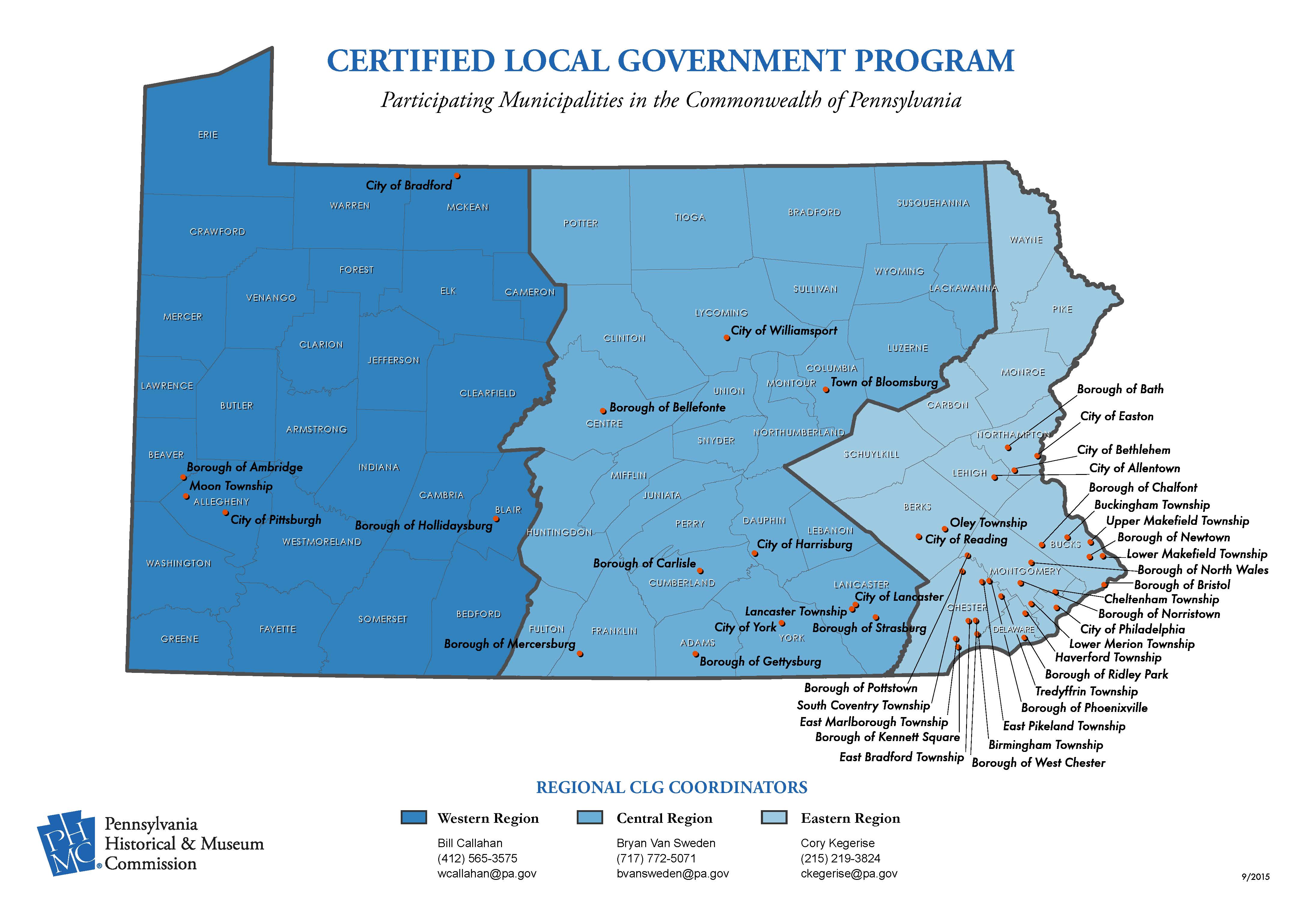
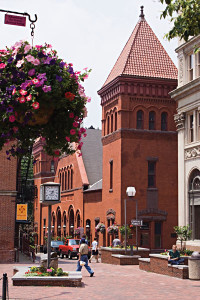


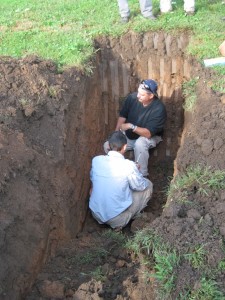


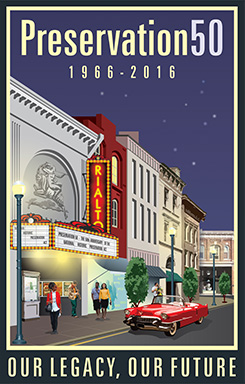
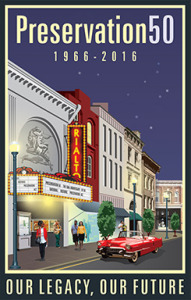 In the waning months of 1964, a small group of preservation advocates, beleaguered by nearly two decades of Federal transportation and urban renewal programs that decimated historic communities across the country, gathered to strategize about a new national framework for historic preservation. They wondered whether the “progress” ushered in by the post war economic boom could be redefined in ways that would respect, and even enhance, historic places? Those efforts would eventually lead, in October 1966, to the adoption of the
In the waning months of 1964, a small group of preservation advocates, beleaguered by nearly two decades of Federal transportation and urban renewal programs that decimated historic communities across the country, gathered to strategize about a new national framework for historic preservation. They wondered whether the “progress” ushered in by the post war economic boom could be redefined in ways that would respect, and even enhance, historic places? Those efforts would eventually lead, in October 1966, to the adoption of the 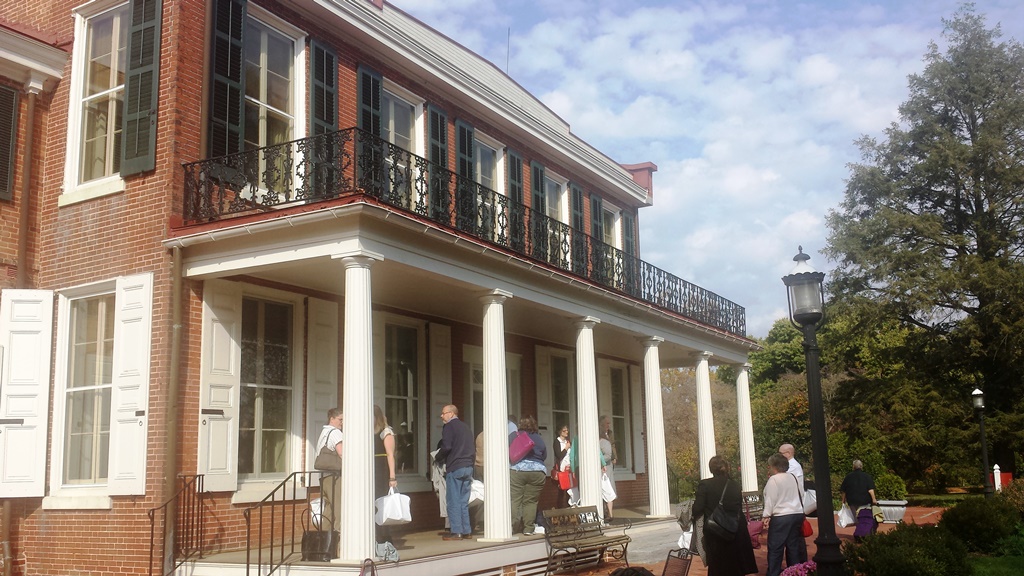
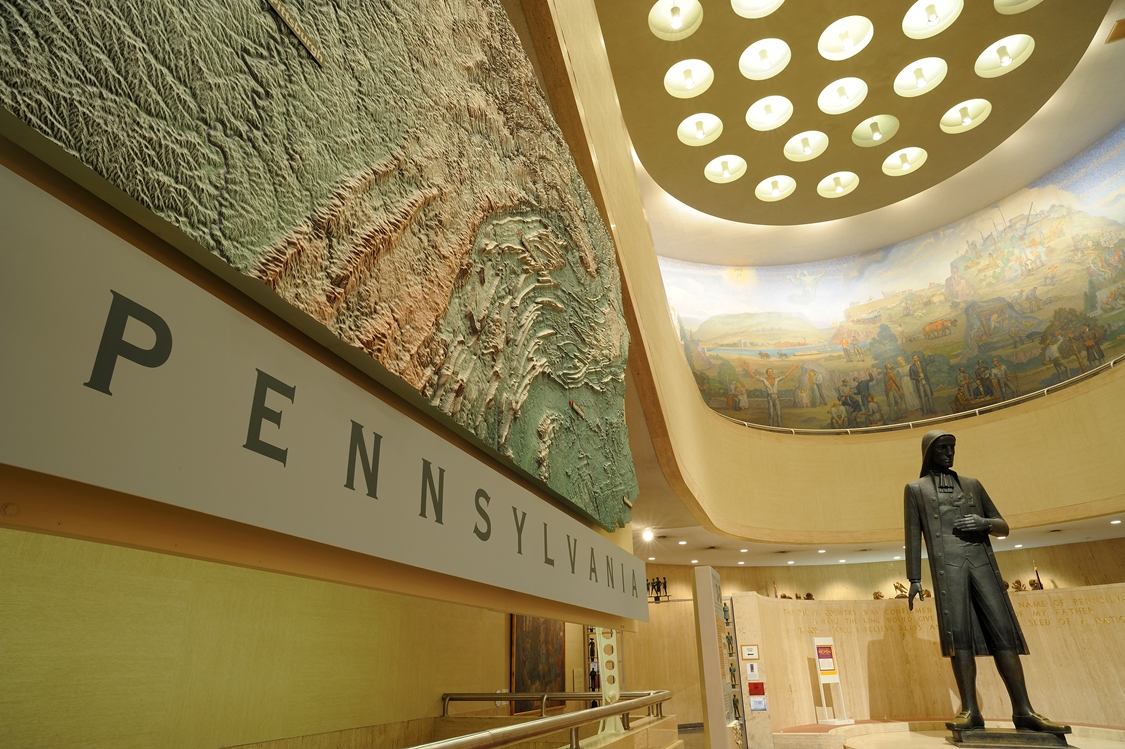
Recent Comments